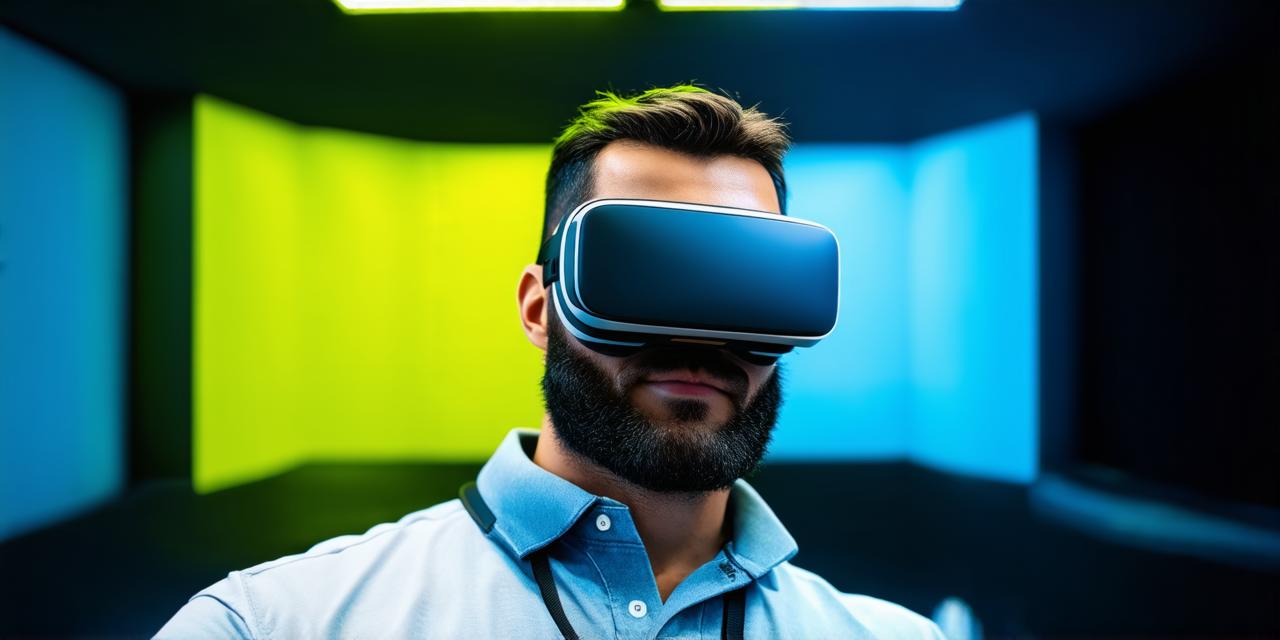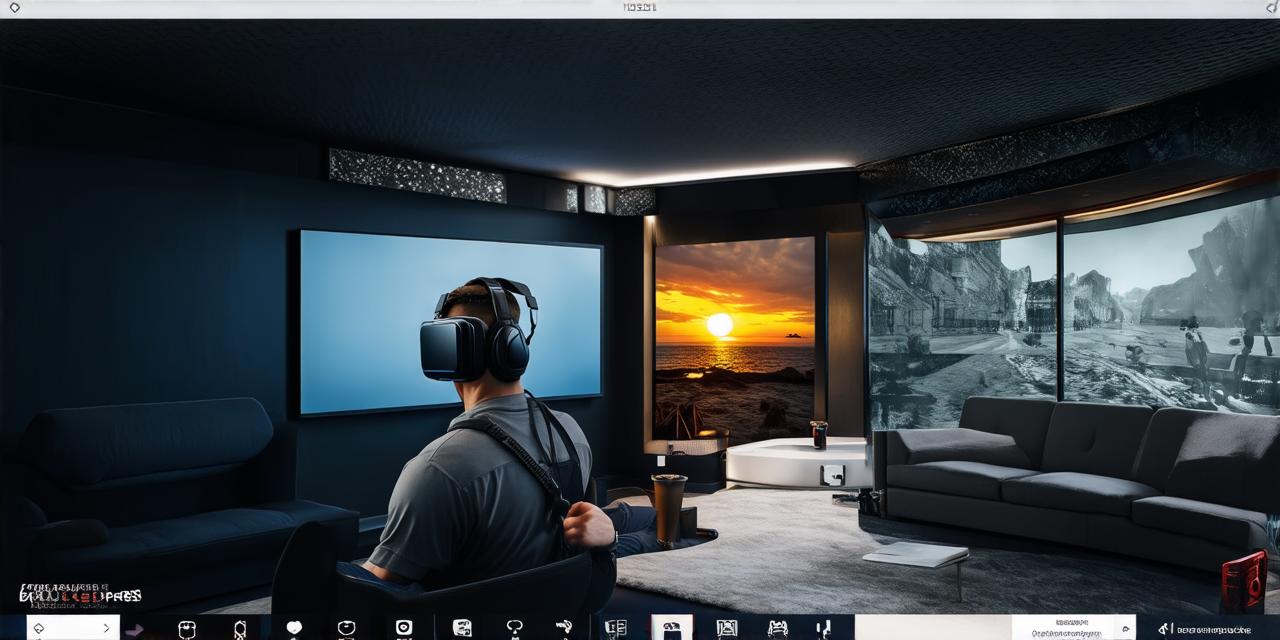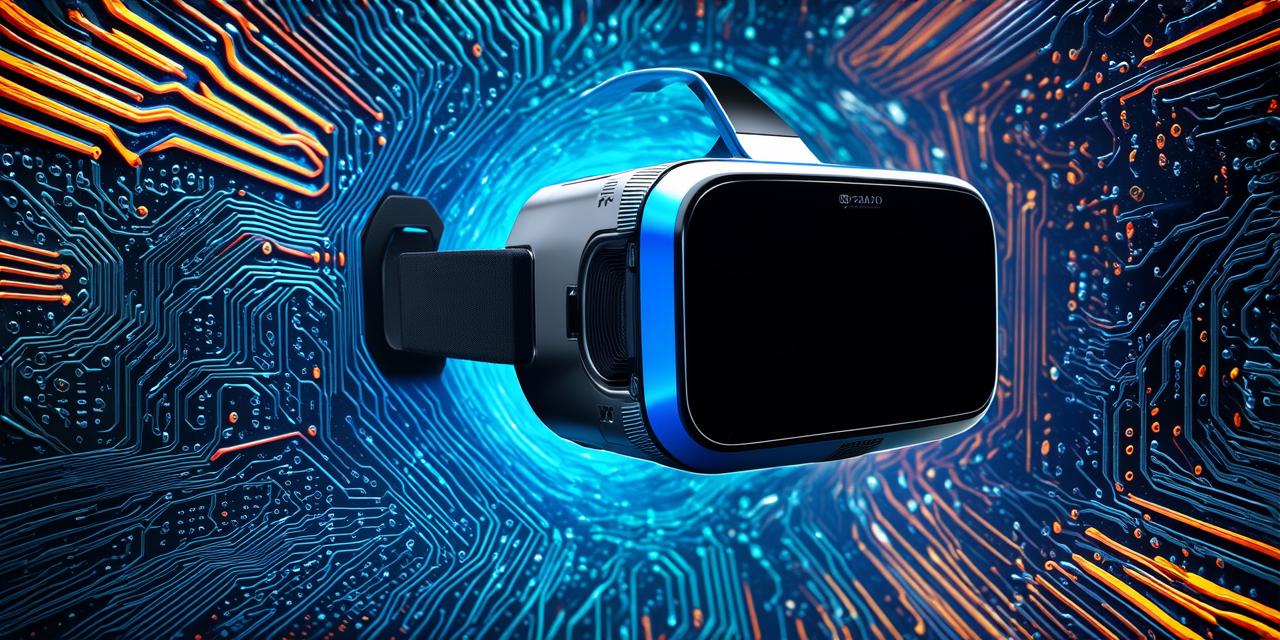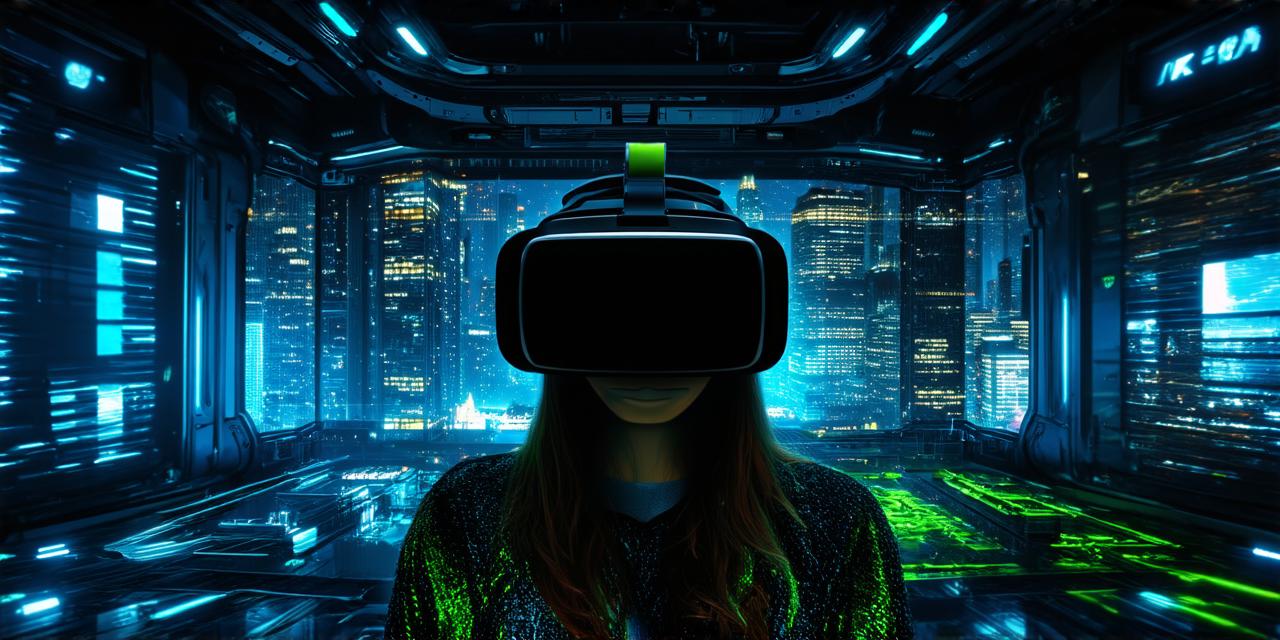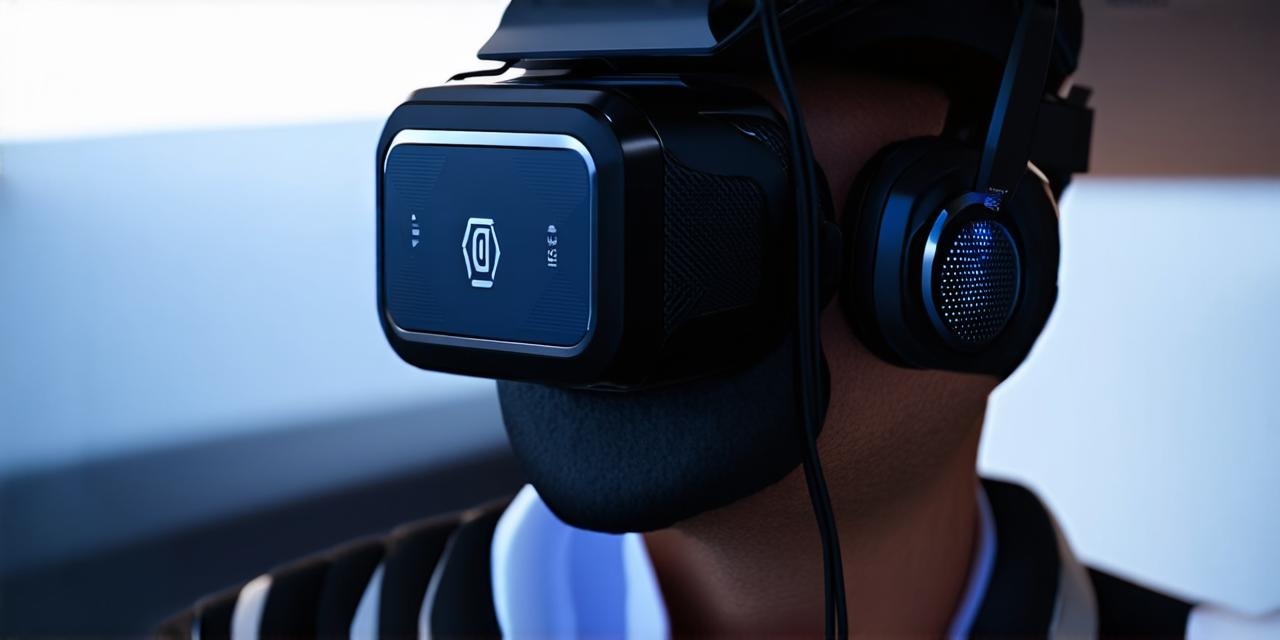Virtual Reality (VR) Therapy
Virtual reality (VR) therapy is an exciting new field that combines the power of virtual technology with the therapeutic benefits of traditional therapy methods. As the world continues to advance in technology, VR therapy is becoming more popular and accessible to a wider range of people.
In this article, we will explore some of the applications of VR therapy and how it can be used to help people overcome a variety of conditions.
1. Mental Health Disorders
One of the most well-known applications of VR therapy is in the treatment of mental health disorders such as anxiety, depression, and post-traumatic stress disorder (PTSD). By creating immersive virtual environments, therapists can help patients confront their fears and anxieties in a safe and controlled environment.
2. Chronic Pain Conditions
Another application of VR therapy is in the treatment of chronic pain conditions such as fibromyalgia and arthritis. By using VR technology to create simulations of everyday activities, patients can learn how to perform these activities with less pain and improve their overall quality of life.
3. Phobias and Anxiety Disorders
VR therapy has also been shown to be effective in the treatment of phobias and anxiety disorders. By using VR to simulate real-life situations that trigger a patient’s fear, therapists can help patients learn to cope with these triggers in a controlled environment.
4. Addiction
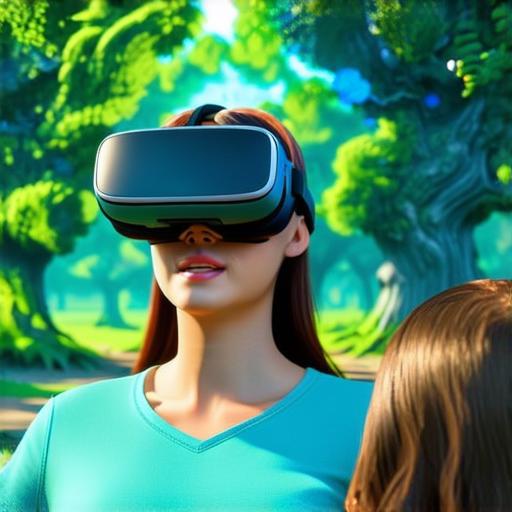
In addition to mental health and chronic pain conditions, VR therapy has also been used in the treatment of addiction. By creating immersive virtual environments that simulate real-life situations that trigger cravings, therapists can help patients learn to cope with these triggers and avoid relapse.
5. Personalized Treatment Plans
One of the key advantages of VR therapy is its ability to provide personalized treatment plans for patients. By creating custom virtual environments that are tailored to each individual’s needs and preferences, therapists can help patients overcome their specific fears and anxieties in a way that is both effective and engaging.
6. Immediate Feedback
Another advantage of VR therapy is its ability to provide immediate feedback to patients. By tracking a patient’s progress through virtual environments, therapists can quickly identify areas where the patient may need additional support or guidance.
7. Complementary Tool
While VR therapy has shown promise in a variety of applications, it is important to note that it should not be used as a replacement for traditional therapy methods. Rather, it should be used as a complementary tool that can help patients overcome specific challenges in a more engaging and effective way.
Conclusion
VR therapy is an exciting new field that has shown promise in a variety of applications. From mental health disorders to chronic pain conditions, VR technology can provide personalized and immediate support to patients as they work to overcome specific challenges. While it should not be used as a replacement for traditional therapy methods, it can be a valuable tool that helps people lead happier and more fulfilling lives.
FAQs:
1. What is virtual reality therapy?
Virtual reality therapy combines the power of virtual technology with the therapeutic benefits of traditional therapy methods. By creating immersive virtual environments, therapists can help patients confront their fears and anxieties in a safe and controlled environment.
2. What are some applications of VR therapy?
VR therapy has been shown to be effective in a variety of applications, including mental health disorders such as anxiety, depression, and PTSD; chronic pain conditions such as fibromyalgia and arthritis; phobias and anxiety disorders; and addiction.
3. How does VR therapy work?
VR therapy provides personalized treatment plans for patients by creating custom virtual environments that are tailored to each individual’s needs and preferences. Therapists can track a patient’s progress through virtual environments and provide immediate feedback, allowing them to adjust the treatment plan as needed.
4. What are the advantages of VR therapy?
VR therapy provides personalized and immediate support to patients, allowing therapists to quickly identify areas where the patient may need additional support or guidance. It can also be more engaging and effective than traditional therapy methods, helping patients overcome specific challenges in a more immersive and interactive way.
